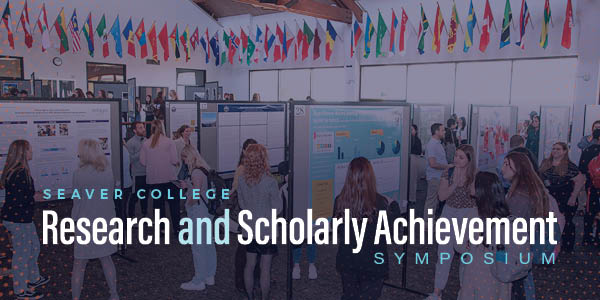Engineering in Action: The Development of an Original and Sophisticated Buzz-Wire Apparatus for Dexterity Assessment
Presentation Type
Oral Presentation
Presentation Type
Submission
Keywords
upper extremity, upper limb, hand, fine motor, coordination
Department
Physics
Major
Physics
Abstract
A buzz-wire (or loop and wire) test is a ‘steady hand’ dexterity task whereby an individual attempts to guide a metal loop along a convoluted length of wire (as fast as possible) without touching the metal loop to the wire. While various buzz-wire apparatuses are commercially available, most are not technologically sophisticated or advanced in terms of task difficulty. For example, most wires are two-dimensional as opposed to three-dimensional. Likewise, most are not built with high quality materials or data procurement software in mind. While a few high- quality/research-grade buzz-wires have been described within the empirical literature, such apparatuses have been developed in ‘one-off’ or ‘small batch’ scenarios (e.g., independent researchers have developed and used their own buzz-wire for their regional study). Thus, as sophisticated buzz-wires are not commercially available, researchers must be proactive and innovative in developing their own apparatus. Therefore, using engineering principles, the purpose of this creative endeavor was to develop (a) a robust, three-dimensional buzz-wire and (b) a highly-accurate software program that would automate the capture of numerous buzz-wire performance metrics (e.g., wire hits, task duration). This presentation will detail the developmental process for said buzz-wire and software. The prototype/apparatus will also be presented.
Faculty Mentor
Dr. Adam Pennell
Location
Black Family Plaza Classroom 190
Start Date
11-4-2025 2:45 PM
End Date
11-4-2025 3:00 PM
Engineering in Action: The Development of an Original and Sophisticated Buzz-Wire Apparatus for Dexterity Assessment
Black Family Plaza Classroom 190
A buzz-wire (or loop and wire) test is a ‘steady hand’ dexterity task whereby an individual attempts to guide a metal loop along a convoluted length of wire (as fast as possible) without touching the metal loop to the wire. While various buzz-wire apparatuses are commercially available, most are not technologically sophisticated or advanced in terms of task difficulty. For example, most wires are two-dimensional as opposed to three-dimensional. Likewise, most are not built with high quality materials or data procurement software in mind. While a few high- quality/research-grade buzz-wires have been described within the empirical literature, such apparatuses have been developed in ‘one-off’ or ‘small batch’ scenarios (e.g., independent researchers have developed and used their own buzz-wire for their regional study). Thus, as sophisticated buzz-wires are not commercially available, researchers must be proactive and innovative in developing their own apparatus. Therefore, using engineering principles, the purpose of this creative endeavor was to develop (a) a robust, three-dimensional buzz-wire and (b) a highly-accurate software program that would automate the capture of numerous buzz-wire performance metrics (e.g., wire hits, task duration). This presentation will detail the developmental process for said buzz-wire and software. The prototype/apparatus will also be presented.


